TypeWell is a meaning-for-meaning transcription system designed to provide effective communication access for deaf or hard-of-hearing individuals. It is widely recognized for its ability to condense spoken language into clear and concise text, making it a valuable tool in various settings, particularly in education.
What Is TypeWell?
TypeWell is a real-time transcription service that focuses on summarizing spoken language rather than providing a verbatim transcript. A trained transcriber listens to the conversation or lecture and uses specialized software to create a condensed, readable text that conveys the essential meaning.
How It Works:
Listening and Typing:
The transcriber listens to spoken language and condenses the information into a summarized form using TypeWell software.
Specialized Software:
The software is optimized for rapid input and formatting, allowing the transcriber to keep pace with the speaker while maintaining clarity and accuracy.
Real-Time Display:
The condensed text is transmitted to a device such as a tablet, laptop, or projector for the user to read in real-time.
Key Features of TypeWell
Meaning-for-Meaning Transcription:
Unlike verbatim transcription services, TypeWell captures the main ideas and meaning of the speech, omitting redundancies, filler words, and non-essential details.
User-Friendly Display:
The output is designed to be easily readable and accessible, focusing on clarity and simplicity.
Portability:
TypeWell can be used in various settings, from classrooms and offices to remote sessions via online platforms.
Training and Certification:
Transcribers undergo specialized training and certification to ensure they can accurately and effectively condense spoken language.
Cost-Effectiveness:
TypeWell is often more affordable than verbatim transcription services like CART, making it an attractive option for institutions with budget constraints.
Where Is TypeWell Used?
TypeWell is particularly popular in educational settings, but its flexibility makes it useful in other scenarios as well. Here are some common applications:
Educational Settings:
In K-12 and post-secondary institutions, TypeWell is used to provide access to classroom lectures and discussions for students who are deaf or hard of hearing.
Workplace Communication:
Employers use TypeWell to facilitate communication during meetings or training sessions.
Community Events:
TypeWell is employed during workshops, seminars, and community meetings where clear communication access is needed.
Remote Services:
With advancements in technology, TypeWell can be delivered remotely, expanding its accessibility.
Benefits of TypeWell
Efficiency:
By focusing on meaning rather than verbatim transcription, TypeWell ensures that users receive the essential information without unnecessary distractions.
Enhanced Comprehension:
The summarized format makes it easier for users to follow along and understand the core messages being communicated.
Affordability:
Compared to services like CART, TypeWell is typically less expensive, making it a viable option for many organizations.
Customizable Output:
The software allows for formatting and customization, ensuring the text meets the specific needs of the user.
Training and Certification for TypeWell Transcribers
Becoming a TypeWell transcriber involves:
Application Process:
Prospective transcribers must demonstrate strong language skills and typing proficiency.
Training Program:
Transcribers complete a rigorous online training course to learn the principles of meaning-for-meaning transcription and how to use the TypeWell software effectively.
Ongoing Development:
Many transcribers pursue additional training to specialize in specific fields or improve their skills.
Limitations of TypeWell
While TypeWell is highly effective in many scenarios, it may not be suitable for all:
Lack of Verbatim Accuracy:
For legal, medical, or technical settings where precise wording is critical, CART might be a better choice.
Dependent on Transcriber Skill:
The quality of the output depends heavily on the transcriber’s ability to summarize accurately and effectively.
Limited Use in Some Contexts:
TypeWell may not be ideal for highly interactive or fast-paced discussions where capturing every detail is essential.
Conclusion
TypeWell is a powerful tool for providing communication access in a variety of settings. Its focus on meaning-for-meaning transcription ensures that users receive clear and concise information without the need for a full verbatim transcript. By balancing efficiency, affordability, and accessibility, TypeWell continues to play a vital role in breaking down communication barriers for individuals who are deaf or hard of hearing.
Understanding TypeWell: A Comprehensive Overview. Language Solutions Team is here to help with your project 🌍. Feel free to contact us at any time, We are glad to assist you 🤓


